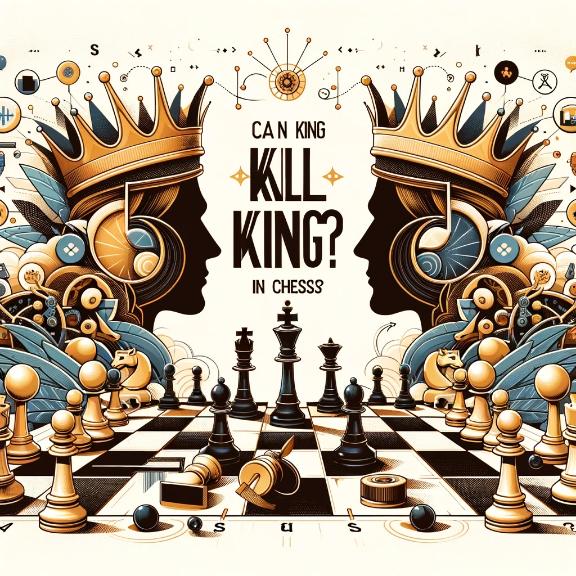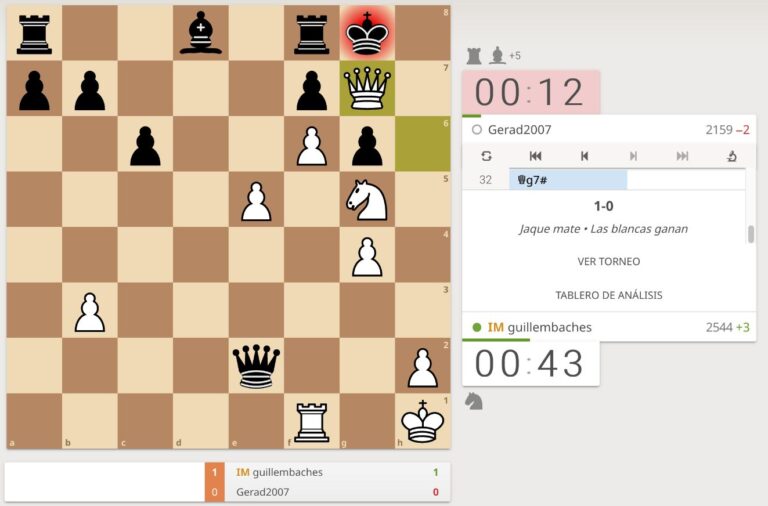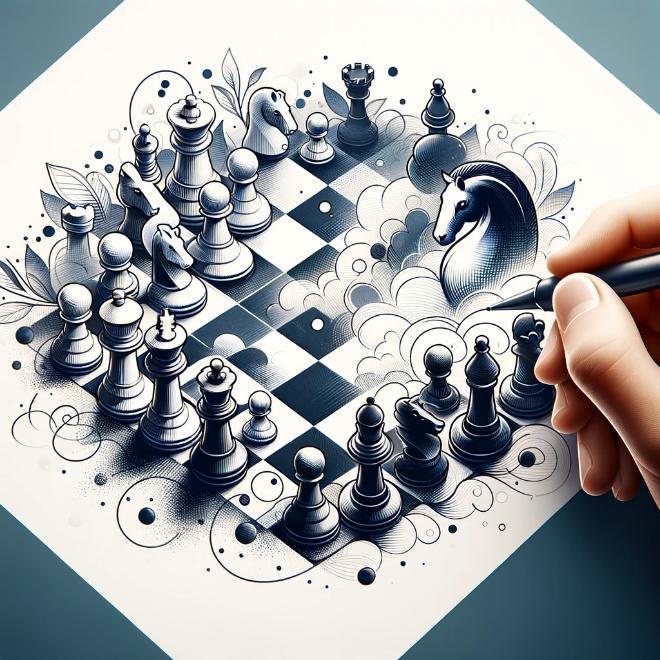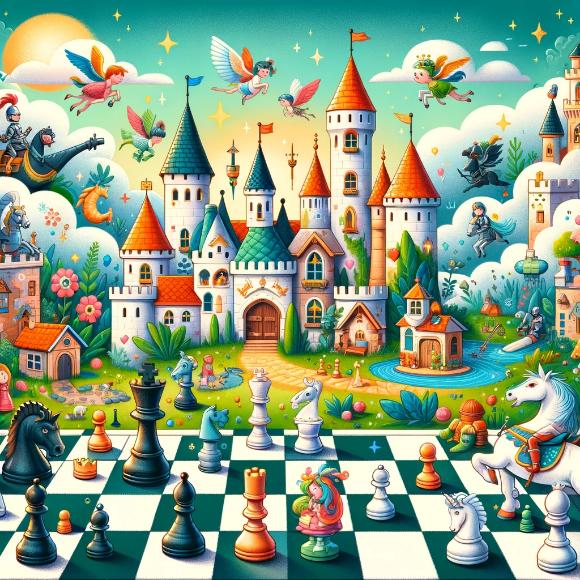In the rich tapestry of chess history, each piece carries its own legacy, evolving over centuries from its origins to the modern game we know today. One of the most fascinating transformations is that of the bishop. Originally represented as an elephant, particularly in early forms of chess played in India, the bishop’s journey to its current form encapsulates the game’s evolution across cultures and continents. As Guillermo Baches, an International Chess Master, I delve into the history of this transformation, illustrating how the bishop, once an elephant, became a formidable force on the chessboard.
The Origins of Chess and the Elephant Piece
Chess, known as Chaturanga in ancient India, featured pieces that were analogues to the actual military divisions of the time. The game’s purpose was to simulate a war, and each piece played a role that mirrored its real-world counterpart. The elephant, representing one of the four divisions of the ancient Indian army, was crucial in battles, known for its power and strategic importance. In Chaturanga, the elephant piece moved two squares diagonally but could leap over an intervening piece, a move that hinted at the elephant’s ability to charge through obstacles.
The Transition from Elephant to Bishop
As chess traveled from India to Persia and then to Europe, the names and representations of the pieces evolved to reflect the cultures that adopted the game. The elephant piece, known as “al-fil” in Persian, meaning “the elephant,” became the “aufin” in early European chess. The movement of the piece also changed, laying the groundwork for the modern bishop’s diagonal movements across the board.
However, the concept of an elephant did not resonate with European players, leading to a transformation in the piece’s representation. The aufin became the bishop, a figure more familiar and significant in medieval European society. The name and form of the bishop varied across different European countries, reflecting the local languages and influences. For instance, in French, the bishop is known as “fou,” meaning jester, while in German, it is called “Läufer,” meaning runner.
The Bishop in Modern Chess
Today, the bishop is known for its long diagonal movements across the chessboard, unrestricted by distance but limited to squares of a single color. The transformation from an elephant capable of leaping over obstacles to a piece that slides across the board reflects the evolution of chess into a game of strategy and foresight. The bishop’s value lies in its ability to control long diagonals, working in tandem with the queen to exert pressure and control over the board. In the hands of a skilled player, bishops can become powerful tools for controlling the board, setting traps, and securing victory.
Conclusion
The story of the bishop, from its origins as an elephant in ancient Indian warfare to its role as a powerful piece in modern chess, reflects the game’s rich history and cultural journey. This transformation is a testament to chess’s ability to adapt and evolve, resonating with players from diverse backgrounds and eras. Understanding the history of the chess pieces adds depth to our appreciation of the game, reminding us that chess is not just a battle of minds on the board but also a legacy of human culture and intellectual history.







